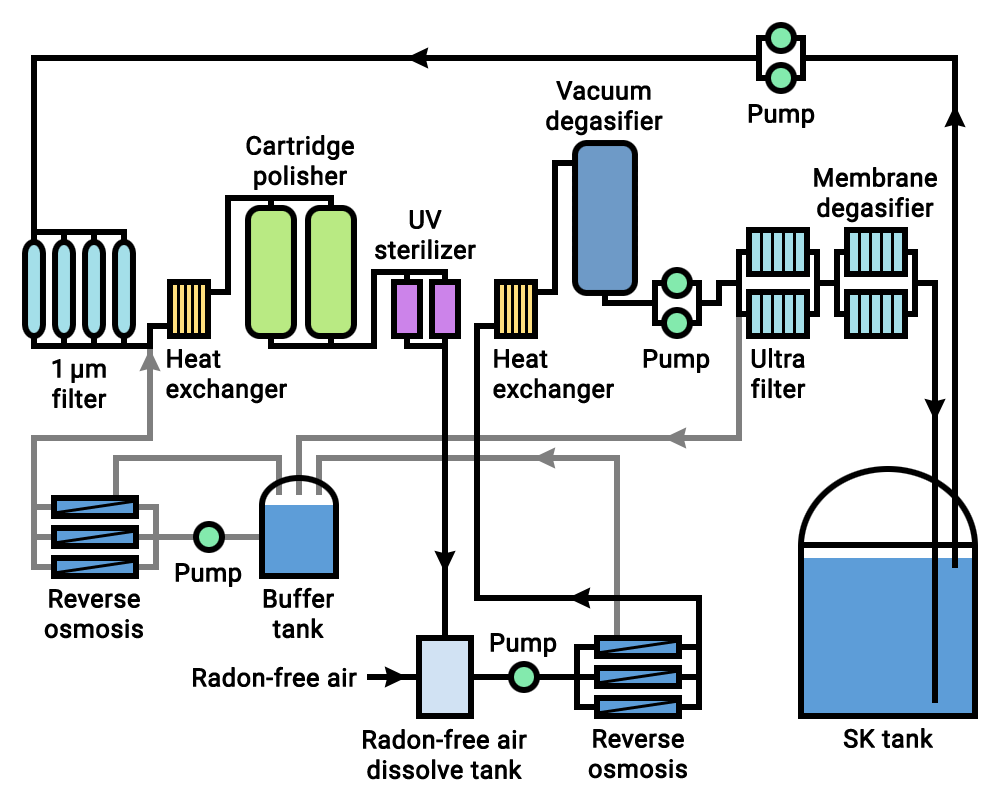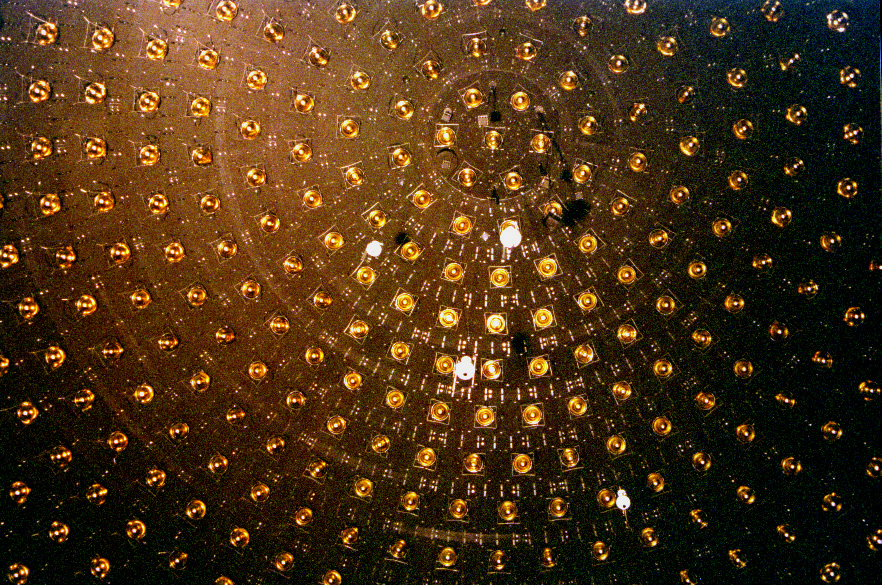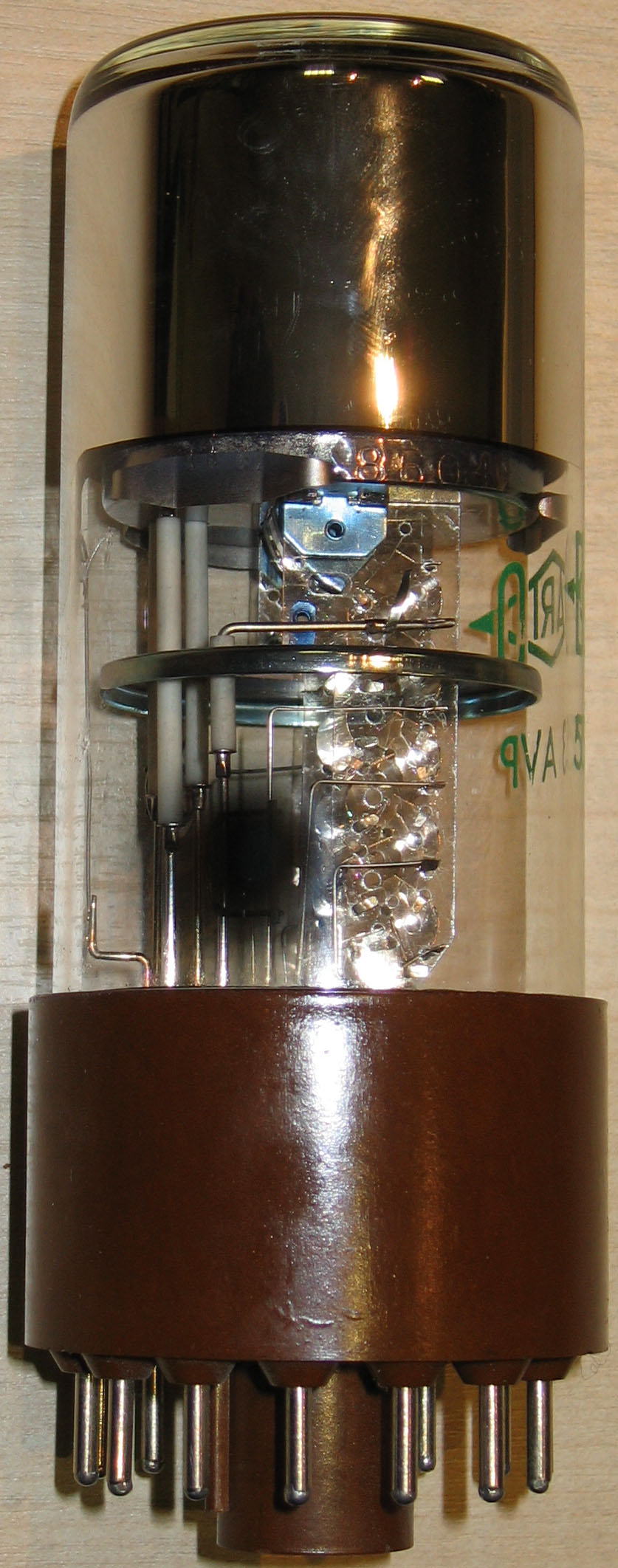|
Hyper-Kamiokande
Hyper-Kamiokande is a neutrino observatory being constructed on the site of the Kamioka Observatory, near Kamioka, Japan. The project started in 2010 as a successor to Super-Kamiokande. It was ranked as among the 28 top priority projects of the Japanese government. Thirteen countries from three continents are involved in this program. Construction was given final approval on 13 December 2019. Mass production of the photomultiplier tube detectors began in 2021. Construction of the access tunnel was completed on February 25, 2022. The beginning of data-taking is planned for 2027. Hyper-Kamiokande will have a tank with a billion litres of ultrapure water (UPW), 20 times larger than the tank for Super-Kamiokande. This increased capacity will be accompanied by a proportional increase in the number of sensors. The tank for Hyper-Kamiokande will be a double cylinder 2 × 250 meters long, always approximately 40 × 40 meters, and buried 650 meters deep to reduce interference from cosmi ... [...More Info...] [...Related Items...] OR: [Wikipedia] [Google] [Baidu] |
Kamioka Observatory
The is a neutrino and gravitational waves laboratory located underground in the Mozumi mine of the Kamioka Mining and Smelting Co. near the Kamioka section of the city of Hida in Gifu Prefecture, Japan. A set of groundbreaking neutrino experiments have taken place at the observatory over the past two decades. All of the experiments have been very large and have contributed substantially to the advancement of particle physics, in particular to the study of neutrino astronomy and neutrino oscillation. The mine The Mozumi mine is one of two adjacent mines owned by the Kamioka Mining and Smelting Co. (a subsidiary of the Mitsui Mining and Smelting Co. Mitsui Kinzoku'). The mine is famous as the site of one of the greatest mass-poisonings in Japanese history. From 1910 to 1945, the mine operators released cadmium from the processing plant into the local water. This cadmium caused what the locals called itai-itai disease. The disease caused weakening of the bones and extreme pai ... [...More Info...] [...Related Items...] OR: [Wikipedia] [Google] [Baidu] |
Proton Decay
In particle physics, proton decay is a hypothetical form of particle decay in which the proton decays into lighter subatomic particles, such as a neutral pion and a positron. The proton decay hypothesis was first formulated by Andrei Sakharov in 1967. Despite significant experimental effort, proton decay has never been observed. If it does decay via a positron, the proton's half-life is constrained to be at least years. According to the Standard Model, the proton, a type of baryon, is stable because baryon number (quark number) is conserved (under normal circumstances; see chiral anomaly for an exception). Therefore, protons will not decay into other particles on their own, because they are the lightest (and therefore least energetic) baryon. Positron emission and electron capture – forms of radioactive decay which sees a proton become a neutron – are not proton decay, since the proton interacts with other particles within the atom. Some beyond-the-Standard Model Gran ... [...More Info...] [...Related Items...] OR: [Wikipedia] [Google] [Baidu] |
Neutrino Observatories
A neutrino ( ; denoted by the Greek letter ) is a fermion (an elementary particle with spin of ) that interacts only via the weak interaction and gravity. The neutrino is so named because it is electrically neutral and because its rest mass is so small ('' -ino'') that it was long thought to be zero. The rest mass of the neutrino is much smaller than that of the other known elementary particles excluding massless particles. The weak force has a very short range, the gravitational interaction is extremely weak due to the very small mass of the neutrino, and neutrinos do not participate in the strong interaction. Thus, neutrinos typically pass through normal matter unimpeded and undetected. Weak interactions create neutrinos in one of three leptonic flavors: electron neutrinos muon neutrinos (), or tau neutrinos (), in association with the corresponding charged lepton. Although neutrinos were long believed to be massless, it is now known that there are three discrete neu ... [...More Info...] [...Related Items...] OR: [Wikipedia] [Google] [Baidu] |
Super-Kamiokande
Super-Kamiokande (abbreviation of Super-Kamioka Neutrino Detection Experiment, also abbreviated to Super-K or SK; ja, スーパーカミオカンデ) is a Neutrino detector, neutrino observatory located Kamioka Observatory, under Mount Ikeno near the city of Hida, Gifu, Hida, Gifu Prefecture, Japan. It is located underground in the Mozumi Mining, Mine in Hida's Kamioka area. The observatory was designed to detect high-energy neutrinos, to search for proton decay, study solar neutrino, solar and Neutrino#Atmospheric neutrinos, atmospheric neutrinos, and keep watch for supernovae in the Milky Way Galaxy. It consists of a cylindrical stainless steel tank about in height and diameter holding 50,000 metric tons (55,000 US tons) of ultrapure water. Mounted on an inside superstructure are about 13,000 photomultiplier tubes that detect light from Cherenkov radiation. A neutrino interaction with the electrons or nuclei of water can produce an electron or positron that moves faster t ... [...More Info...] [...Related Items...] OR: [Wikipedia] [Google] [Baidu] |
Neutrino Observatory
A neutrino detector is a physics apparatus which is designed to study neutrinos. Because neutrinos only weakly interact with other particles of matter, neutrino detectors must be very large to detect a significant number of neutrinos. Neutrino detectors are often built underground, to isolate the detector from cosmic rays and other background radiation. The field of neutrino astronomy is still very much in its infancy – the only confirmed extraterrestrial sources are the Sun and the supernova 1987A in the nearby Large Magellanic Cloud. Another likely source (three standard deviations) is the blazar TXS 0506+056 about 3.7 billion light years away. Neutrino observatories will "give astronomers fresh eyes with which to study the universe". Various detection methods have been used. Super Kamiokande is a large volume of water surrounded by phototubes that watch for the Cherenkov radiation emitted when an incoming neutrino creates an electron or muon in the water. The Sudb ... [...More Info...] [...Related Items...] OR: [Wikipedia] [Google] [Baidu] |
Kamioka
is a Cities of Japan, city located in Gifu Prefecture, Gifu, Japan. , the city had an estimated population of 24,726, and a population density of 31 persons per km2, in 8,905 households. The total area of the city was . The official ''kanji'' for the city is actually 飛驒, which uses the old rendering of the 騨 character. However, the 驒 characters is not included on the official list of usable characters (as decided by the Ministry of Internal Affairs and Communications), so the 騨 character is often used outside of the city. Geography Hida is the northernmost city in Gifu Prefecture, and is located in the northern part of the Hida Highlands bordering on Toyama Prefecture to the north. The majority of the area of the city is forested, with many mountains exceeding 1,000 meters within the city borders. The northeastern edge of the Hida Mountains, Hida Mountain range exceeds 2,000 meters. Most of the population is concentrated along river terraces along the Jinzū River and ... [...More Info...] [...Related Items...] OR: [Wikipedia] [Google] [Baidu] |
Japan
Japan ( ja, 日本, or , and formally , ''Nihonkoku'') is an island country in East Asia. It is situated in the northwest Pacific Ocean, and is bordered on the west by the Sea of Japan, while extending from the Sea of Okhotsk in the north toward the East China Sea, Philippine Sea, and Taiwan in the south. Japan is a part of the Ring of Fire, and spans Japanese archipelago, an archipelago of List of islands of Japan, 6852 islands covering ; the five main islands are Hokkaido, Honshu (the "mainland"), Shikoku, Kyushu, and Okinawa Island, Okinawa. Tokyo is the Capital of Japan, nation's capital and largest city, followed by Yokohama, Osaka, Nagoya, Sapporo, Fukuoka, Kobe, and Kyoto. Japan is the List of countries and dependencies by population, eleventh most populous country in the world, as well as one of the List of countries and dependencies by population density, most densely populated and Urbanization by country, urbanized. About three-fourths of Geography of Japan, the c ... [...More Info...] [...Related Items...] OR: [Wikipedia] [Google] [Baidu] |
Photomultiplier Tube
Photomultiplier tubes (photomultipliers or PMTs for short) are extremely sensitive detectors of light in the ultraviolet, visible, and near-infrared ranges of the electromagnetic spectrum. They are members of the class of vacuum tubes, more specifically vacuum phototubes. These detectors multiply the current produced by incident light by as much as 100 million times or 108 (i.e., 160 dB),Decibels are power ratios. Power is proportional to I2 (current squared). Thus a current gain of 108 produces a power gain of 1016, or 160 dB in multiple dynode stages, enabling (for example) individual photons to be detected when the incident flux of light is low. The combination of high gain, low noise, high frequency response or, equivalently, ultra-fast response, and large area of collection has maintained photomultipliers an essential place in low light level spectroscopy, confocal microscopy, Raman spectroscopy, fluorescence spectroscopy, nuclear and particle physics, astronomy, medica ... [...More Info...] [...Related Items...] OR: [Wikipedia] [Google] [Baidu] |
Ultrapure Water
Ultrapure water (UPW), high-purity water or highly purified water (HPW) is water that has been purified to uncommonly stringent specifications. Ultrapure water is a term commonly used in manufacturing to emphasize the fact that the water is treated to the highest levels of purity for all contaminant types, including: organic and inorganic compounds; dissolved and particulate matter; volatile and non-volatile; reactive, and inert; hydrophilic and hydrophobic; and dissolved gases. UPW and the commonly used term deionized (DI) water are not the same. In addition to the fact that UPW has organic particles and dissolved gases removed, a typical UPW system has three stages: a pretreatment stage to produce purified water, a primary stage to further purify the water, and a polishing stage, the most expensive part of the treatment process.The polishing stage is a set of treatment steps and is usually a recirculation and distribution system, continuously treating and recirculating the purifi ... [...More Info...] [...Related Items...] OR: [Wikipedia] [Google] [Baidu] |
Cosmic Radiation
Cosmic rays are high-energy particles or clusters of particles (primarily represented by protons or atomic nuclei) that move through space at nearly the speed of light. They originate from the Sun, from outside of the Solar System in our own galaxy, and from distant galaxies. Upon impact with Earth's atmosphere, cosmic rays produce showers of secondary particles, some of which reach the surface, although the bulk is deflected off into space by the magnetosphere or the heliosphere. Cosmic rays were discovered by Victor Hess in 1912 in balloon experiments, for which he was awarded the 1936 Nobel Prize in Physics. Direct measurement of cosmic rays, especially at lower energies, has been possible since the launch of the first satellites in the late 1950s. Particle detectors similar to those used in nuclear and high-energy physics are used on satellites and space probes for research into cosmic rays. Data from the Fermi Space Telescope (2013) have been interpreted as evid ... [...More Info...] [...Related Items...] OR: [Wikipedia] [Google] [Baidu] |
Half Life
Half-life (symbol ) is the time required for a quantity (of substance) to reduce to half of its initial value. The term is commonly used in nuclear physics to describe how quickly unstable atoms undergo radioactive decay or how long stable atoms survive. The term is also used more generally to characterize any type of exponential (or, rarely, non-exponential) decay. For example, the medical sciences refer to the biological half-life of drugs and other chemicals in the human body. The converse of half-life (in exponential growth) is doubling time. The original term, ''half-life period'', dating to Ernest Rutherford's discovery of the principle in 1907, was shortened to ''half-life'' in the early 1950s. Rutherford applied the principle of a radioactive element's half-life in studies of age determination of rocks by measuring the decay period of radium to lead-206. Half-life is constant over the lifetime of an exponentially decaying quantity, and it is a characteristic unit f ... [...More Info...] [...Related Items...] OR: [Wikipedia] [Google] [Baidu] |
Grand Unified Theories
A Grand Unified Theory (GUT) is a model in particle physics in which, at high energies, the three gauge interactions of the Standard Model comprising the electromagnetic, weak, and strong forces are merged into a single force. Although this unified force has not been directly observed, many GUT models theorize its existence. If unification of these three interactions is possible, it raises the possibility that there was a grand unification epoch in the very early universe in which these three fundamental interactions were not yet distinct. Experiments have confirmed that at high energy the electromagnetic interaction and weak interaction unify into a single electroweak interaction. GUT models predict that at even higher energy, the strong interaction and the electroweak interaction will unify into a single electronuclear interaction. This interaction is characterized by one larger gauge symmetry and thus several force carriers, but one unified coupling constant. Unifying gra ... [...More Info...] [...Related Items...] OR: [Wikipedia] [Google] [Baidu] |







_representation_of_fermions.png)